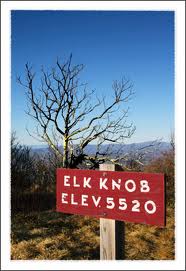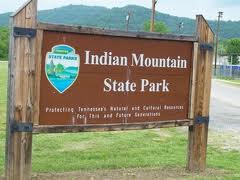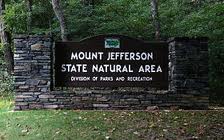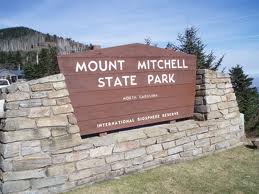One of the many great state parks in Tennessee, Panther Creek State Park is located in Morristown, TN in the shadow of the Smoky Mountains. This park is made up of more than 1,400 acres and houses many opportunities for outdoor activities and lots of fun. Water sports, camping, boating and little history thrown in to boot make this an extraordinary park to visit while you are in the Smoky Mountains on vacation. Or maybe, you live in the area and you have never ventured out to the numerous state parks in the area – what are you waiting for?
Panther Creek and Panther Springs have an interesting story behind their names. Supposedly, the area was originally scouted by one Colonel Bradley of Virginia. While he and his men were exploring the area, he spied a panther or a mountain lion near the spring. He took careful aim and shot the animal which fell into the spring. Thus he named the creek and the spring after the animal that he shot on the banks of the river.
Panther Creek State Park borders the Cherokee Reservoir. This man made body of water was created by an impoundment of the Holston River on its way to its confluence with the French Broad River – where the Tennessee River is formed. The Cherokee Reservoir provides a wonderful playground on the placid water. Panther Creek State Park is about 35 miles from Knoxville and about 45 miles north of the Great Smoky Mountains National Park.
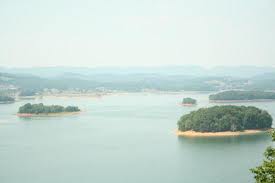 When you get to Panther Creek State Park you will find that many of the activities focus around Cherokee Lake. Boating, boat rentals, a bait shop and more are located right on the shore of the lake. While you are there, you might as well spend the night in one of the 50 campsites that are located around the lake. The campsites are full service with electrical hookups, grills, picnic tables and more. Many people come to Cherokee Lake looking to hook into a big fish. Bluegill, catfish, crappie, bass and bream can be found in the cool waters of the lake. Or maybe you want to go for a swim. The campground has a swimming pool on premises with a high dive and a wading area for the little kids in your family.
When you get to Panther Creek State Park you will find that many of the activities focus around Cherokee Lake. Boating, boat rentals, a bait shop and more are located right on the shore of the lake. While you are there, you might as well spend the night in one of the 50 campsites that are located around the lake. The campsites are full service with electrical hookups, grills, picnic tables and more. Many people come to Cherokee Lake looking to hook into a big fish. Bluegill, catfish, crappie, bass and bream can be found in the cool waters of the lake. Or maybe you want to go for a swim. The campground has a swimming pool on premises with a high dive and a wading area for the little kids in your family.
If you are looking for a change of pace or just a great weekend excursion to the foothills of the Smokies, Panther Creek State Park has a lot to offer those looking for a day of fun around the lake or for a week long getaway. Fish, camp, swim, boat and basically get outdoors spending plenty of time in the fun and the sun at Panther Creek.
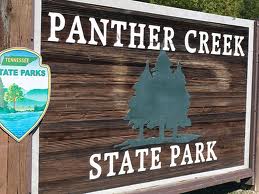
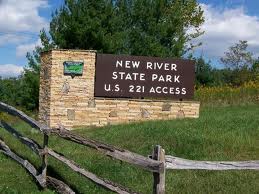
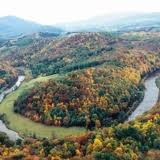 While you are at New River State Park, don’t think you are going to be at a loss for things to do. Hiking,
While you are at New River State Park, don’t think you are going to be at a loss for things to do. Hiking, 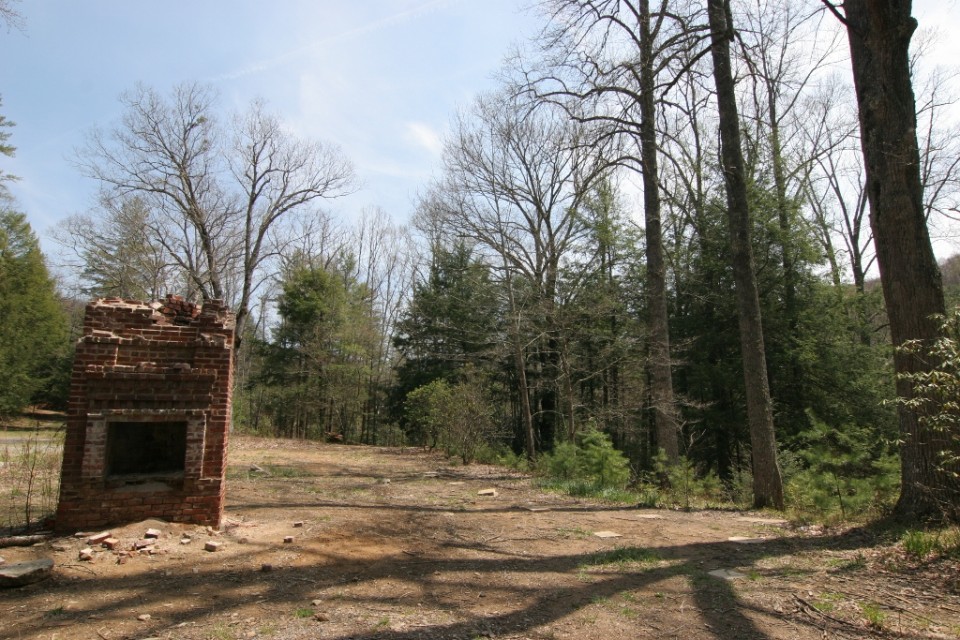
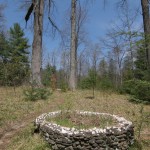
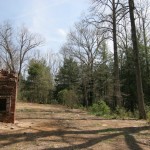
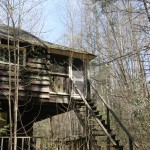
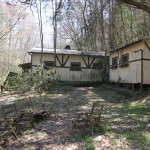


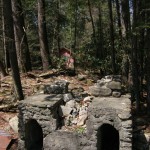
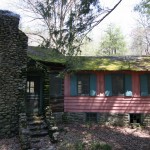
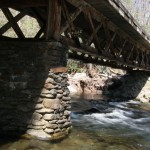
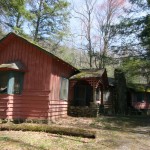
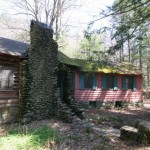
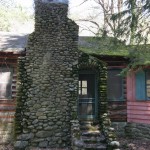
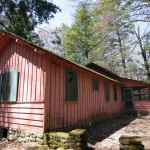
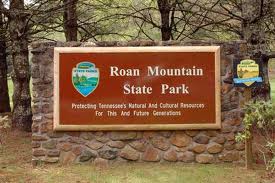
 Winter Naturalist Rally
Winter Naturalist Rally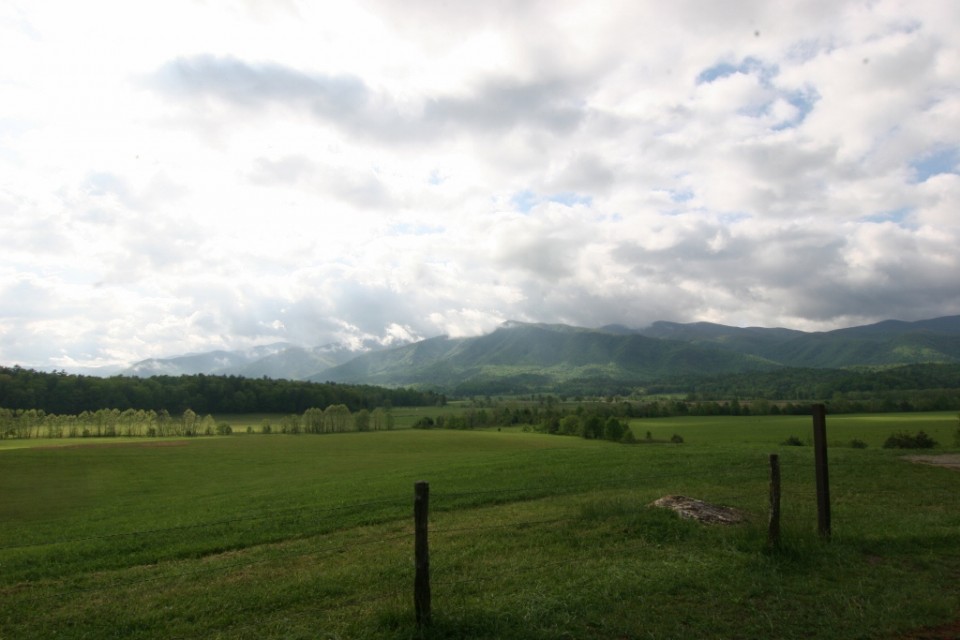
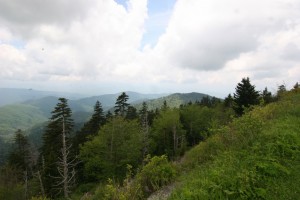 Cades Cove is the most popular
Cades Cove is the most popular 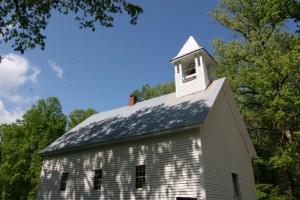 The people of Cades Cove farmed the land, fellowshipped with each other and were happy for the most part. Then in the early 1900s, the Great Smoky Mountains National Park went from being an idea to being a reality. The people of Cades Cove were the most resistant to the creation of the park and to their inclusion in the park. In 1927 the General Assembly of the state of Tennessee declared that Cades Cove would be included in the GSMNP. The residents of the Cove fought the inclusion but in the end they were forced out of the area. In the end, some of the residents were given a lifetime lease. In fact the last resident out of Cades Cove was Kermit Caughron who passed way in 1995 and his home was dismantled soon after that.
The people of Cades Cove farmed the land, fellowshipped with each other and were happy for the most part. Then in the early 1900s, the Great Smoky Mountains National Park went from being an idea to being a reality. The people of Cades Cove were the most resistant to the creation of the park and to their inclusion in the park. In 1927 the General Assembly of the state of Tennessee declared that Cades Cove would be included in the GSMNP. The residents of the Cove fought the inclusion but in the end they were forced out of the area. In the end, some of the residents were given a lifetime lease. In fact the last resident out of Cades Cove was Kermit Caughron who passed way in 1995 and his home was dismantled soon after that. Today you get to tour a Cades Cove that looked much as it did in the early 1900s. The eleven mile loop road around the Cove gives you access to all the historic structures, hiking trails and of course the wildlife that the cove is famous for. Before you enter the Cove you come to the riding staples, a picnic area and the campground and store. Cades Cove has it all.
Today you get to tour a Cades Cove that looked much as it did in the early 1900s. The eleven mile loop road around the Cove gives you access to all the historic structures, hiking trails and of course the wildlife that the cove is famous for. Before you enter the Cove you come to the riding staples, a picnic area and the campground and store. Cades Cove has it all.

